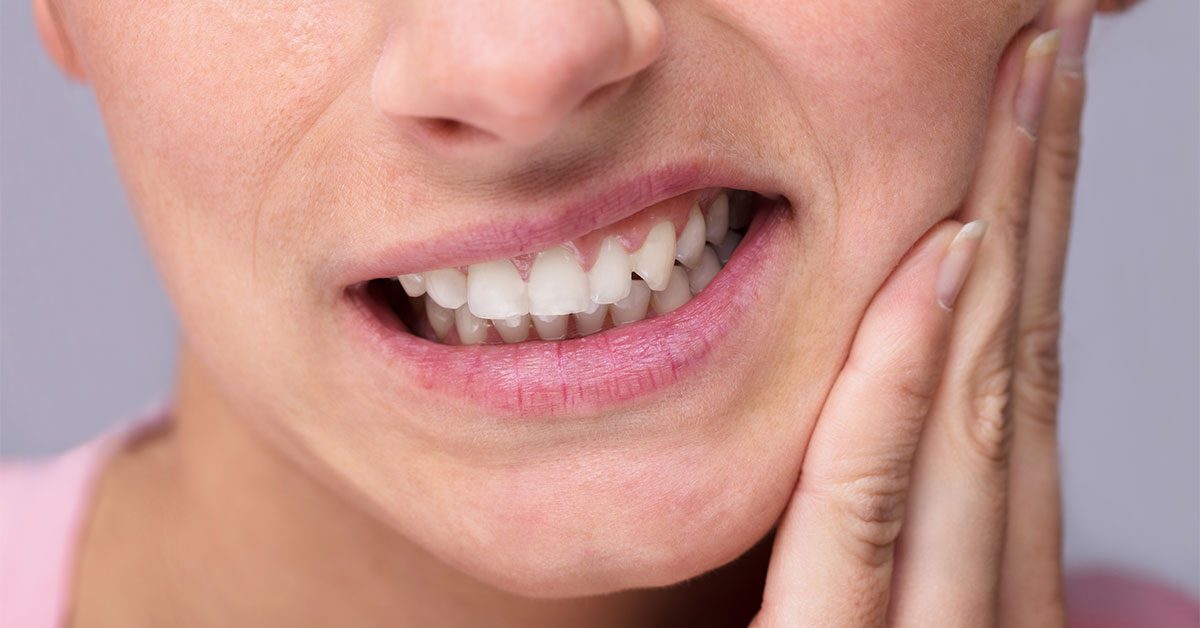After getting a dental filling, many people wonder, “is my discomfort nerve inflammation or normal healing after a filling?” This question is common because some sensitivity and mild pain are expected, but distinguishing between normal healing and Nerve Filling with Inflammation can be tricky. Understanding the difference helps you decide whether to wait it out or seek dental care to prevent further complications.
What Happens to the Tooth Nerve After a Filling?
When a cavity is treated, the dentist removes decayed material and fills the space, which can temporarily irritate the tooth’s nerve (pulp). This irritation may cause:
- Mild sensitivity to temperature changes
- Soreness when biting or chewing
- Dull or throbbing aches
This response is part of the natural healing process as the nerve adjusts to the dental work. In many cases, these symptoms improve gradually over days or weeks.
Signs of Normal Healing vs. Nerve Inflammation:
Knowing the signs of normal healing compared to nerve inflammation is key to managing your discomfort. Here are typical symptoms of each:
Normal Healing Symptoms:
- Mild sensitivity lasting a few days
- Discomfort that gradually lessens over time
- No swelling or fever
- Pain localized only when triggered by cold, heat, or pressure
Signs of Nerve Inflammation:
- Persistent or worsening pain after several days
- Sharp, intense pain even without stimulation
- Throbbing or pulsating sensation
- Swelling of gums or face near the tooth
- Sensitivity lasting minutes after exposure to hot/cold
- Fever or general malaise (in severe cases)
If you notice signs of inflammation, it is essential to contact your dentist promptly.
Why Does Nerve Inflammation Occur After a Filling?
Nerve inflammation, or pulpitis, happens when the dental pulp becomes irritated or infected. Common causes after a filling include:
- Filling placed too deep near the nerve
- High bite from the filling, causing constant pressure
- Residual decay left under the filling
- Bacterial invasion if the filling isn’t sealed properly
- Thermal shock from drilling and filling procedures
- Repeated dental work on the same tooth
Recognizing these causes can help dentists tailor treatment to reduce inflammation and protect the nerve.
Treatment Options for Nerve Inflammation and Healing:
If your discomfort is part of normal healing, your dentist may recommend simple measures like:
- Using over-the-counter pain relievers
- Avoiding very hot or cold foods
- Eating soft foods until sensitivity reduces
For nerve inflammation, more active treatments might be necessary:
- Adjusting or replacing the filling if the bite is uneven
- Prescribing anti-inflammatory or antibiotic medications
- Root canal therapy to remove infected or damaged pulp
- Tooth extraction in extreme cases when the nerve cannot be saved
Timely intervention improves outcomes and reduces the risk of complications.
How to Support Your Tooth’s Healing Process?
Supporting your tooth’s healing after a Nerve Filling with Inflammation Treatment can reduce discomfort and promote nerve recovery. Consider these tips:
- Maintain good oral hygiene by brushing gently twice a day
- Use a soft-bristled toothbrush and non-abrasive toothpaste
- Avoid chewing on the filled tooth until sensitivity decreases
- Rinse your mouth with warm saltwater to reduce irritation
- Schedule follow-up visits if pain persists beyond two weeks
- Inform your dentist immediately if you experience swelling or fever
By following these steps, you encourage healing and help prevent inflammation from worsening.

